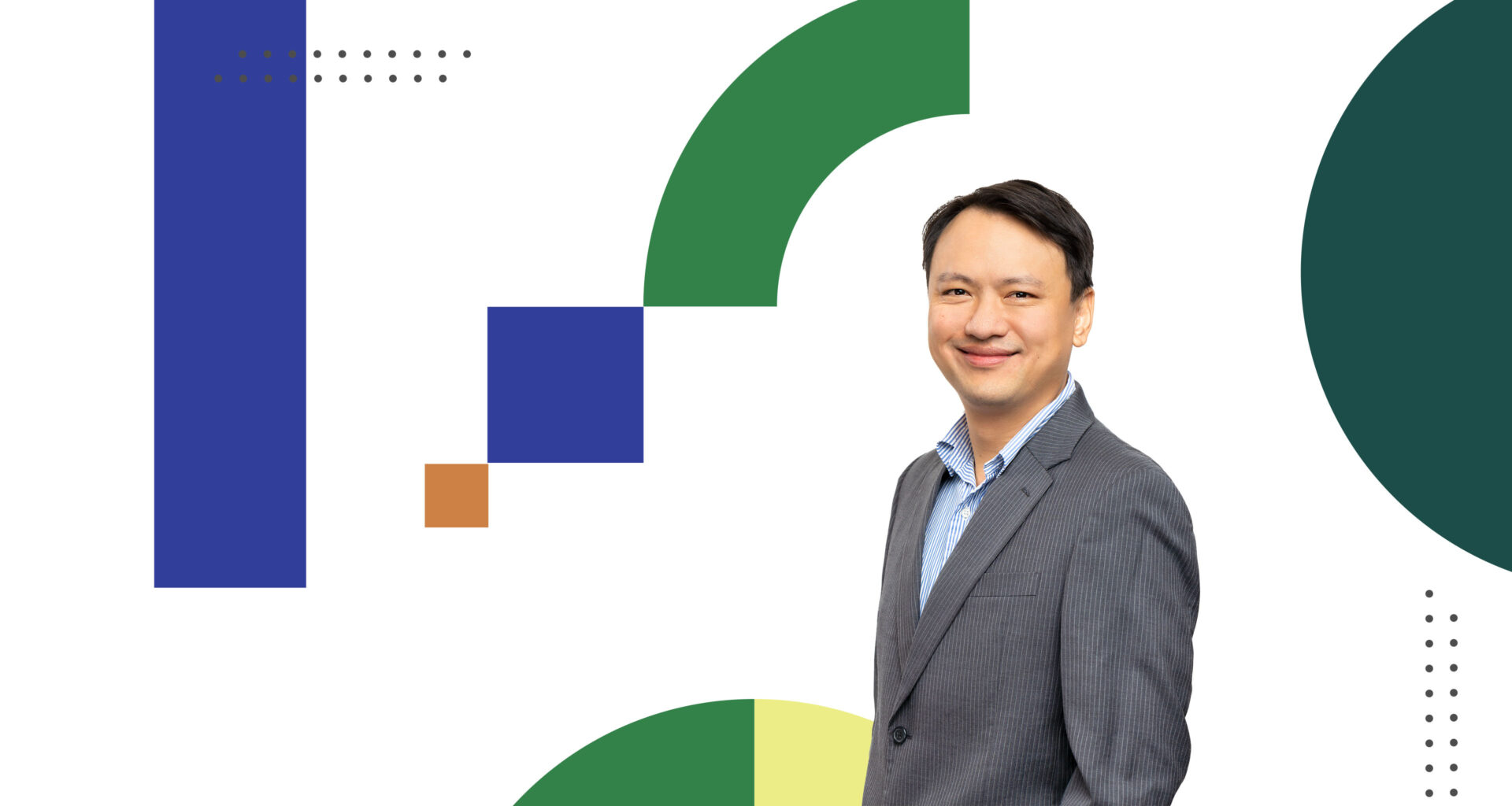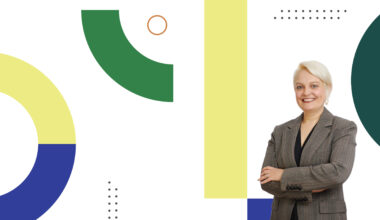Meet Jeff Lin, president and co-founder of Zenpack. From finding manufacturers in Asia to exploring new materials and just generally seeing how many businesses he can start, helping people is at the root of everything he does.
Jeff Lin may be in three companies and juggling four roles at any given time, but for the last two years, one city has been his home: Taipei. And yes, there are three companies: Zenpack (packaging), Haptik (branding), and Katris (cat scratchers). Taiwan is a good place to be for all of them. Not only is he from there, but he can use his post to foster business in Asia, work with the US branch, and coordinate with manufacturing in China.
I chatted with him recently to talk about how he fell into founding multiple companies and how sustainability has etched itself into each of them.
(This interview has been edited for clarity and length.)
According to Robin, you were kind of the driving force behind starting Zenpack. Can you tell me about that and how the company came to be?
JL: Before I started the company, I worked for a larger paper mill company in Taiwan. They have a US office to help clients there. I joined that company as a designer, making samples, delivering samples, helping on packaging stuff.
After I was there for one or two years, I started helping with sales and getting new business in the Bay Area, and became more or less the company’s representative in the US. I realized that this is a big corporation in Asia, and they wanted big business like Apple, like Nike. I started working with some medium sized businesses—like NVIDIA was one of my first projects. They were a smaller business back then, and the company I worked for wasn’t interested in them, said they were too small.
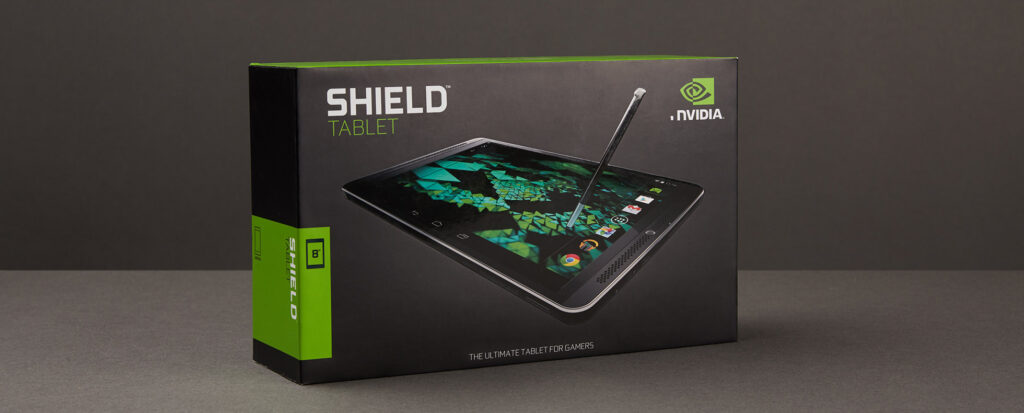
So I realized there’s a lot of people that need help with packaging stuff, especially with Asia production. They can do it piecemeal, but they’re always facing some issues with packaging. I saw the opportunity right there and decided to start my own company, which is Zenpack.
How did the team come together?
I knew Leo and Raymond—they both worked in the same company. So with Leo as the creative director and Raymond as the manufacturing lead in China, we took the opportunity. We didn’t have a vision really, just saw the opportunity and said hey.
The three of us don’t have a sales background, and Robin is my good friend since high school, so I asked him to join me and take over the business development part. Then the company kind of formed with the four of us.
Robin is the CEO in the US, Raymond is the CEO in China, and I’m the CEO in Taiwan. We are like a three CEO company right now. And Leo chips in on all of it. The four of us still get along pretty well. And I think the major reason is the trust we have.
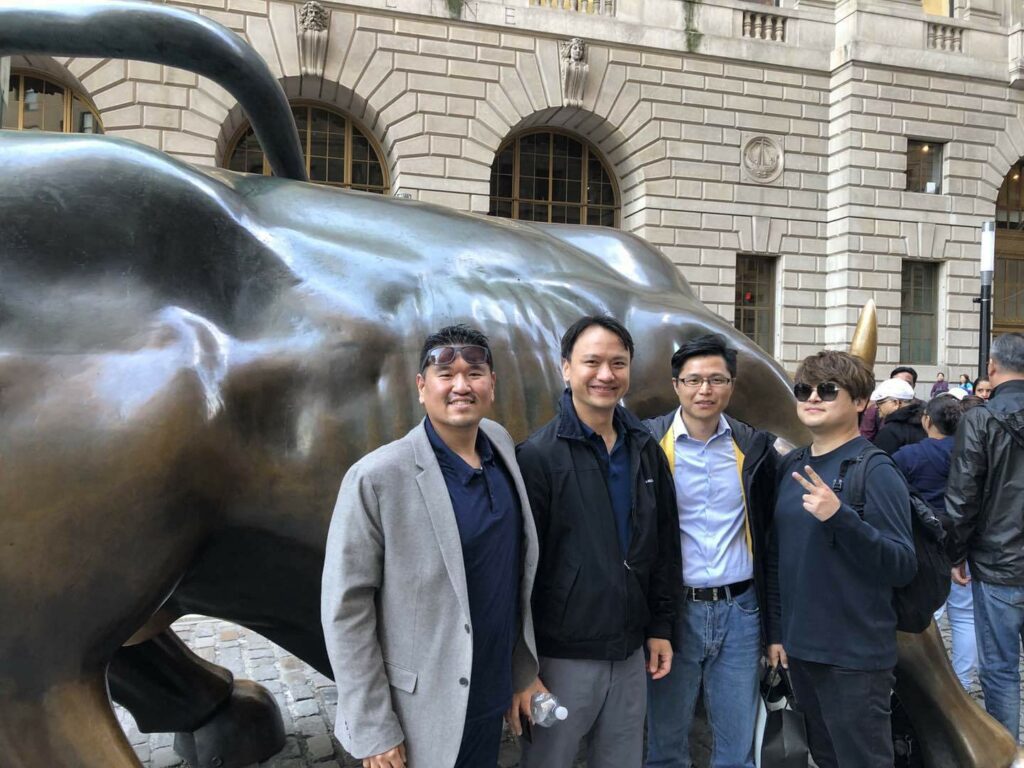
Robin has called you the finance person at Zenpack. So I’m curious, if you were a designer before, that’s not really a standard through line to go from design and creative to finance. So how did that happen?
JL: Haha, yeah. I graduated as a graphic design major. And really why I transitioned from sample making to business development is the company needed it and I felt comfortable that I could do it.
So you’re from Taiwan, moved to the US, and now you’re back in Taiwan. What’s the backstory there?
JL: I moved to the US when I was 13, similar to Robin, and to the Bay Area. Typical Taiwanese parents, they applied for a green card when I was born. My parents had a photography studio in Taiwan and we had an uncle who’s a citizen in the US. So when my parents had me as a baby, they decided to move their children to the US. We got the green card when I was 13 and my parents sent me to the US. Back at the time, I didn’t think too much about where I should be and what I should do.
Moving back two years ago after so much time away must’ve been interesting.
Well after college in the Bay Area, Cal State Fullerton, I went back to Taiwan for four years. I worked in a design studio, worked in a big corporation, three or four different kinds of jobs in Taiwan. I also became a freelancer in Taiwan for a while. Then I decided to go back to the US and the company where I met Raymond and Leo was my first job back there. First time getting into packaging and stuff.
You’ve just been back and forth then.
JL: Yeah. When I decided to come back to Taiwan, three years ago, Zenpack was going pretty smoothly. Robin was taking care of all the BD parts, Leo was taking care of all the creative parts. And we saw an opportunity in what’s now Haptik’s area because about five years ago we sent Brian, our creative director in Taiwan, back here. His visa was up in the US and he helped us get established in Taiwan, mainly hiring designers.
It started with making websites and generating new leads and just kind of grew. Soon we were hiring people to cooperate with the US team on projects and then Taiwan companies were reaching out about resources in the US, branding and stuff.
Since Zenpack was stable in the US, it felt like the right time for me to come back here again.
Really then, it was about generating business in Taiwan that could be sent to the US?
JL: When I first came back to Taiwan, I didn’t have that career picture. I went back here with Leo. He stayed for three months with me, and we checked out what we could do here, how we could expand. Leo said we should focus on one core part, helping Taiwan businesses get into the US market. It was a brilliant idea.
Rather than all these different ideas I had, helping them with design work, with packaging design, with web design, with all these individual parts and stuff. But instead an overall core business goal, it was then obvious, Taiwan businesses want to get into the US market. They need resources and don’t know what they have to do. And no one had consolidated branding, marketing, and everything together to get into the US market before.
So Haptik is the branding firm you started in Taiwan, but Katris looks interesting too. And it looks like you started that at the same time as Zenpack? Was starting one company not enough for you?
JL: Haha, you know, we all have a dream. I have a designer background. Leo does too, obviously. And we thought, hey, we’re doing pretty well with paper, why not create our own brand and make something from it? Back at our old company, we used paper all the time, making all kinds of fun stuff. So we started a company called Paper Cut Lab, which is the company that makes Katris.
And honestly, back then, we didn’t know how to start a branding business by ourselves, which is kind of hard. But we checked out possibilities in the market, and saw paper was being used to make furniture, tables, chairs, and a designer on the team said why not make a cat scratcher? It’s a big market. After some research, we noticed a lot of cat trees, standalone cat trees, and that they’re mostly with carpet, and honestly, pretty ugly. And that’s how Katris started to run.
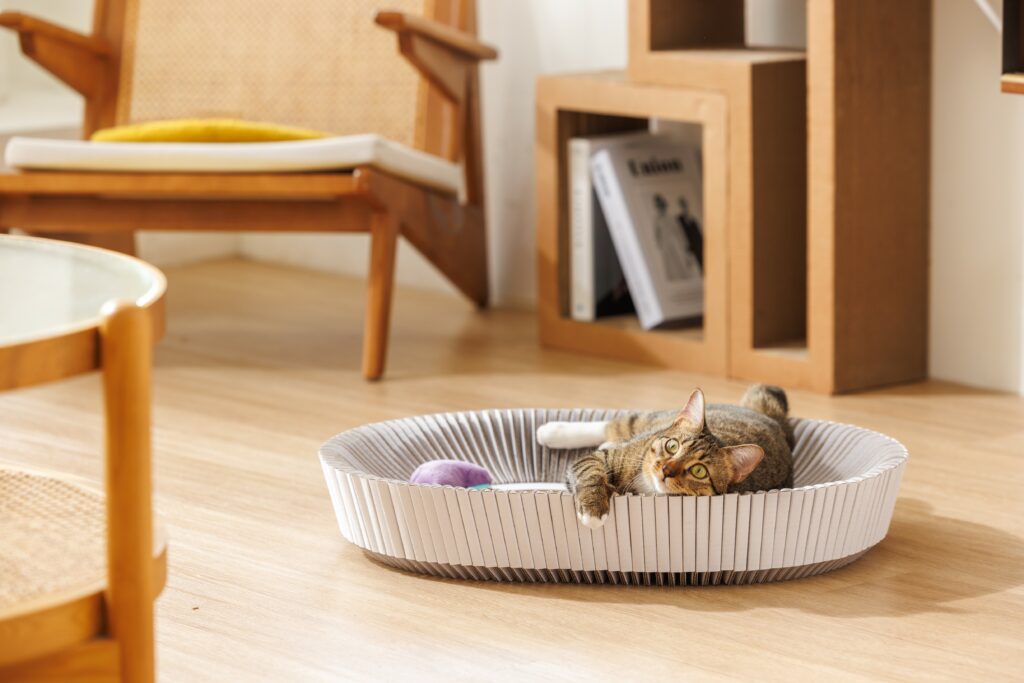
Switching gears here, Zenpack shifted focus to sustainability in 2017. What was that conversation like and why did it matter to you?
JL: Back at the time we saw the trend in the market, and I knew it was important for the whole business. Back then, almost 60-70% of clients mentioned it, but they didn’t know how to do it correctly. I remember a lot of clients, when they first mentioned sustainability to me, they wanted to talk about raw materials, biodegradable or compostable. That’s the first thing they think of. But, you know, we know that’s wrong—it’s a whole system approach. So we decided we needed to talk about what real sustainability is and help educate the market.
[As for why], there was no real why. The simple answer is it’s not only good for my business, but it’s also good for the whole environment. It’s important to me. I feel like I’m doing the right thing and I’m proud of it, too.As the CEO of the Taiwan office, what sort of sustainability initiatives do you have going on there?
JL: In Taiwan, sustainability is mainly focused on Katris. When I moved back to Taiwan, Katris was still made in China. It had a lot of quality issues from the supplier there, so I wanted to move its production from China to Taiwan. And there was also the duty, shipping from China to the US, which made everything more expensive. So we decided to move production to Taiwan, and I found a new manufacturer in Taichung. They’re actually applying for ESG stuff right now, and with regards to Katris and manufacturing it. I talk to the owner all the time and he said the first area that’s looked at is water—manufacturing water, how ink is distributed, all that kind of stuff.
We’re also focusing on sustainability in Taiwan in other ways. For example, there’s a lot of waste involved with making Katris. And we’re trying to reduce the waste by minimizing the size and designing a new version.
I got a new grant from the Taipei government two months ago which focuses on sustainable design. Three million Taiwan dollars to make a new 2.0 version of Katris. We can design out the waste and ship a smaller product from Taiwan to the US, which will reduce costs for us and the customer, and minimize the carbon footprint. It’s still under development, but we’re pretty excited about it.
What’s the sustainability scene like in Taiwan?
JL: There’s an event which goes on in Taipei—I’ve been invited to speak at before—that focuses on packaging and stuff, mostly attended by manufacturers. I talked about sustainability topics and how we approach our business, not just packaging, but sustainability too. There are some other big seminars in Taiwan. They aren’t focused on sustainability specifically, but usually have a session or two.
As far as production, we’ve checked out some different manufacturers here in Taiwan regarding sustainability: printers and folding carton makers, collagen makers, a manufacturer that’s using egg shells to make plastic. Not 100% egg shells, but 30-40%. So we keep looking at what can be done and what we can use.
Are many businesses focused on sustainability or do most come to you so they can enter the US market?
JL: Some of the big corporations in Taiwan are looking for sustainability packaging. They know we focus on that area and come to us for help. But the know-how on some sustainability issues, like focusing on raw materials rather than the whole picture, still isn’t there for some of them. Usually we’ll start with talking and showing them how sustainability in packaging can be done right, so it looks at the whole picture.
But you know, that’s why we first came to Taiwan, to help brands get into the US market, so that’s still the biggest driver here. Yes, they do come to us for sustainable packaging design, but overall, most sustainability business comes from the US. Not Taiwan—most aren’t asking for that right now.
So what do you like about your work?
JL: I like to see how people around me become successful and grow. Honestly, to see anyone, not just an employee, but also a partner, grow—that makes me feel pretty good.
What don’t you like?
JL: A lot of stuff. I have to split myself into three businesses, into four different types of roles. Sometimes there’s a lot of things so I cannot focus on just one area. So I become pretty diversified a lot of the time. Sometimes I want to focus a little more on just one thing. Honestly, yeah, that’s my answer.
Looking to the future, if you could choose one thing for Zenpack and Haptik to each be known for, what would it be?
JL: I would say solution provider. You know, Zenpack started because we saw the market needed it. So it was solving a problem. Sustainability solutions, premium packaging solutions, we’re usually always providing some kind of solution. Even now, we not only focus on packaging at Zenpack, we also provide product making. You know, we want to be actually helping. That’s what I want Zenpack to be known as.
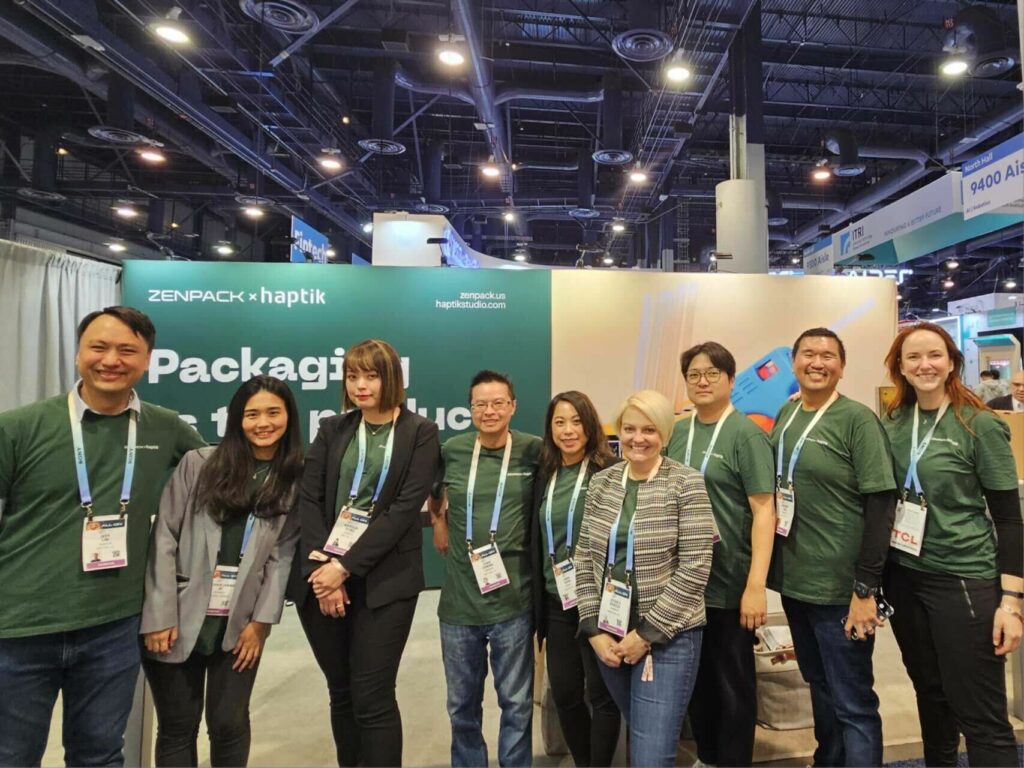
For Haptik, simply, a referral says, ‘Oh, you’re doing branding in the US, go check Haptik. Need some resources? Check with Haptik.’
What do you like to do for fun?
JL: I like to play golf and spend time with my family on weekends. They’re both pretty fun. Spend time with my kids, you know.
Whether it’s just straight packaging help you need, you want to talk more about sustainability, or you’re just curious about cat scratchers, Jeff is a fun guy to talk with. And when packaging does eventually become a need, Zenpack can help.
If you want to know more about Zenpack’s services
Let our packaging consultants help you turn your idea into reality.
